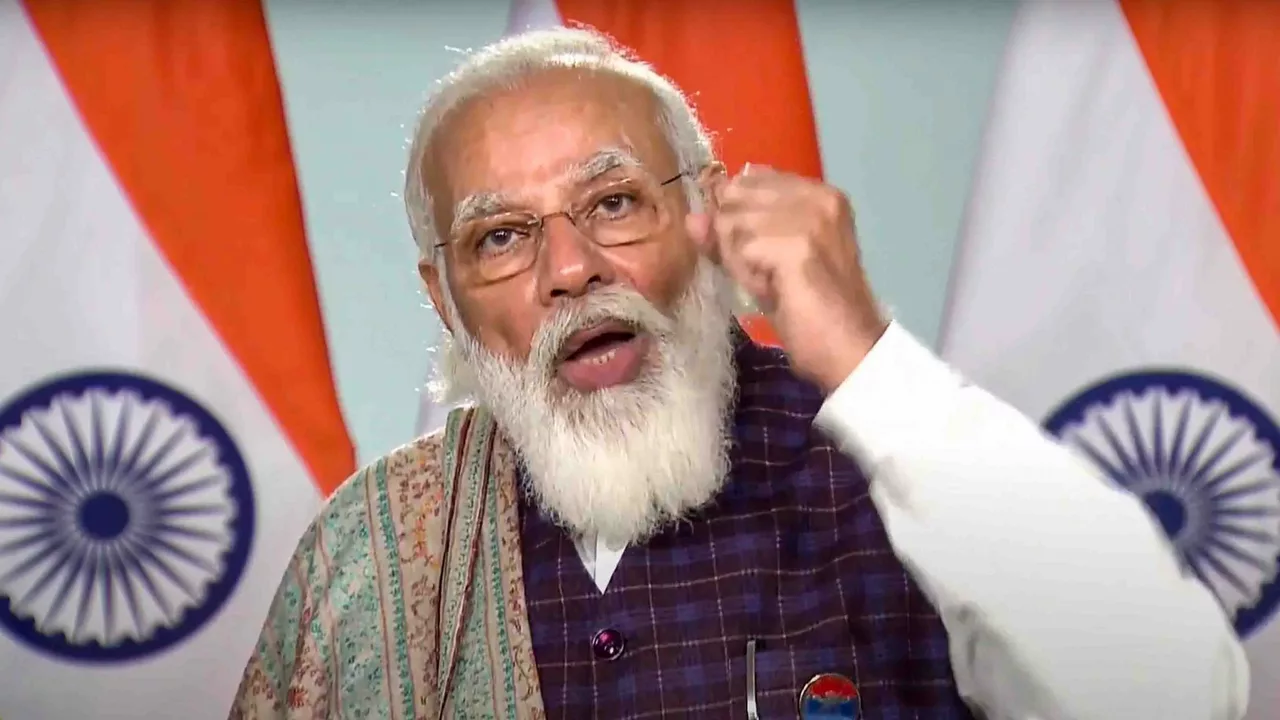Indian Agriculture – Current Landscape and Future Outlook
India’s farms feed more than a billion people, yet the sector faces a mix of old habits and new pressures. If you’re wondering why headlines talk about droughts, tech‑driven tractors, and government subsidies, it’s because every farmer is juggling climate, market prices, and policy shifts at the same time.
Key Trends Shaping Indian Farming
First up, the push for diversification. Traditionally, many regions depended on a single crop like rice or wheat. Today, growers are adding pulses, oilseeds and horticulture to spread risk and boost income. The rise of organic and specialty produce is also opening niche markets, especially in metros where consumers pay a premium for clean food.
Second, technology is moving from the lab to the field. Mobile apps now give real‑time weather alerts, price updates and soil health tips. Drones are being used for spray‑free pest control, and micro‑irrigation systems are cutting water use by up to 30 %. Small‑holder farmers who adopt these tools often see better yields without huge capital outlays.
Third, government schemes are a major driver. Programs like the Pradhan Mantri Kisan Samman Nidhi (PM‑KISAN) provide direct cash transfers, while the Pradhan Mantri Fasal Bima Yojana offers inexpensive crop insurance. These initiatives aim to reduce the financial shock of a failed season and keep credit flowing.
Challenges Farmers Still Face
Despite the optimism, several hurdles remain. Unpredictable monsoons still cause floods in the east and droughts in the west, making water management critical. Market access is another pain point—many growers rely on middlemen who take a big cut, limiting profit margins.
Land fragmentation also limits efficiency. When a farmer’s plot is split into several small pieces, mechanisation becomes costly and timing of sowing and harvesting gets tricky. Furthermore, credit availability is uneven; while banks have lifted some restrictions, informal lenders still dominate in many villages.
Labour shortages are creeping in as younger generations move to cities. This forces many farms to adopt mechanised solutions or hire higher‑paid contract workers, raising operational costs.
Lastly, policy implementation can be slow. Schemes announced at the national level sometimes get lost in translation at the district level, leaving farmers waiting for promised subsidies.
So, what can help bridge the gap? A mix of better infrastructure, more transparent market platforms, and continued push for tech adoption. Initiatives like e‑NAM (electronic National Agriculture Market) are already linking farmers directly to buyers across the country, cutting out a few middlemen.
Investing in water‑saving irrigation, expanding cold‑storage facilities, and improving road connectivity will also boost profitability. When farmers can store produce longer and ship it faster, they avoid post‑harvest losses that eat into earnings.
In short, Indian agriculture is at a crossroads. The sector has the raw potential of a massive labor force, diverse climates and an ever‑growing domestic market. By tackling climate risks, improving market access and embracing affordable technology, the next decade could see a more resilient, profitable farming community.

In a surprising announcement, Prime Minister Narendra Modi has declared the repeal of three controversial farm laws in India. These laws had sparked extensive protests among farmers, who believed they threatened their livelihoods. The decision marks a significant about-face for the government, which had initially insisted on the necessity of these reforms for modernising India's agriculture sector. The farmers' persistent and unified protests have ultimately led to this promising breakthrough. This development signifies a major victory for the farmers and a potential turning point in Indian agricultural policy.
Read more
